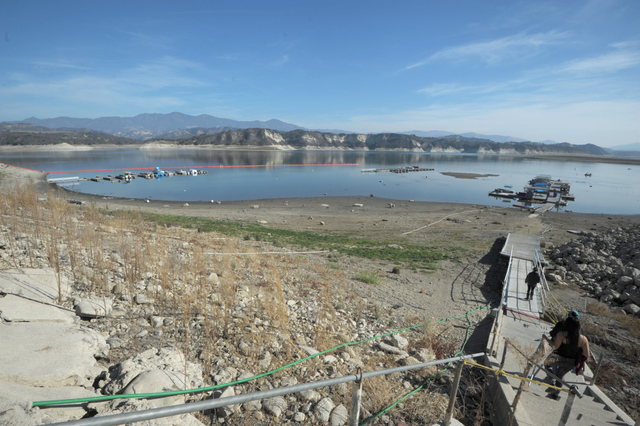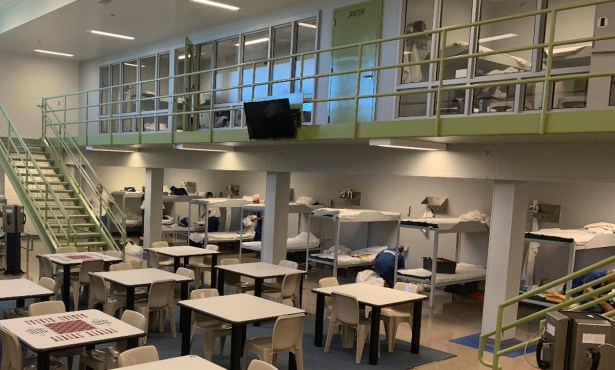Banking on Phantom Lake Cachuma Water

With Lake Cachuma down to its last few drinkable drops, the Santa Barbara County Grand Jury has concluded the dam on which 250,000 residents rely will not be able to deliver in the future nearly what it’s yielded in the past. Local water managers, the Grand Jury found, will need to take considerably less water out of Lake Cachuma each year than they have in the past, learn to cooperate with each other better, and plan for new development assuming poor water years rather than abundant ones.
The Grand Jury gave voice to the collective muttering of many water managers now grappling with the driest drought in the past 100 years. When Lake Cachuma was built in 1957, it was assumed the dam held enough water to supply the South Coast community for seven years without significant rainfall. Because Cachuma is practically now dry after only four years of drought, the Grand Jury report stated, “The maximum supply of water on paper is not the actual supply available and supplies to Lake Cahuma are over-allocated.”
Part of the problem is changing climate with less rain and more heat. But silt from recent backcountry forest fires has also diminished Cachuma’s storage capacity from 190,000 acre-feet to 183,000. In addition, state and federal rules have changed, requiring downstream releases of about 10,000 acre-feet a year to satisfy the water needs of communities like Lompoc, and another 2,700 acre feet a year to sustain a spawning habitat for the federally endangered steelhead trout. That number is expected to grow significantly larger any day now when the federal agency responsible for steelhead restoration finally issues its much anticipated new biological opinion.
The county’s contract with the Bureau of Reclamation — which built and owns the dam — expires in 2020, and the Grand Jury argued these new challenges must be addressed in any new agreement. Translated, the 25,000 acre-feet of water each of the six member agencies have traditionally relied on is far more than they can expect in the future. While the Grand Jury declined to suggest what magnitude of cut will be required, county water agency director Tom Fayram has suggested it could be as high as 22 percent.
The Grand Jury also faulted the member agencies for failing to cut back water consumption when the dam dropped to its halfway mark two years ago, as had been done in droughts past. Likewise, it noted, the public is confused when six different water agencies issue different levels of drought alerts at the same time, and requesting — or requiring — different degrees of sacrifice. Water agencies, it noted are loath to insert themselves into land-use planning disputes over growth and development. But in the future, water agencies should begin issuing can-and-will-serve letters for new development based on “worst-case” drought scenarios as opposed to the more optimistic “average year” scenarios.
The water agencies — from Santa Ynez to Carpinteria — have yet to fashion their responses to the report. But such changes would be far from easy, or for that matter, cheap. Lake Cachuma is dramatically less expensive than any of the alternate water supplies, and for water agencies to shift to other sources will be a financial hardship. On average, one-acre foot of Lake Cachuma water costs $300, while the same amount of groundwater costs $430, state water $5,000, and desalinated water, $1,400.



